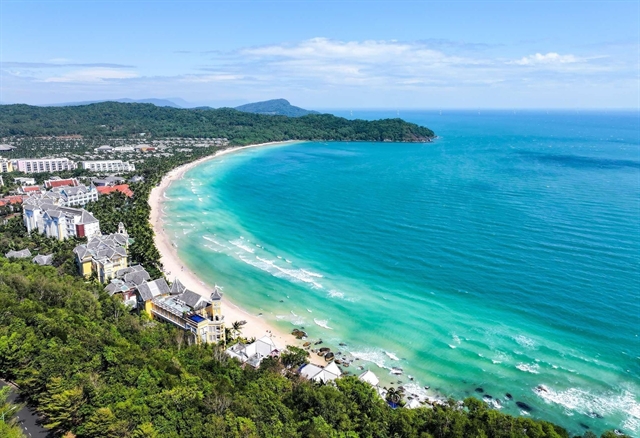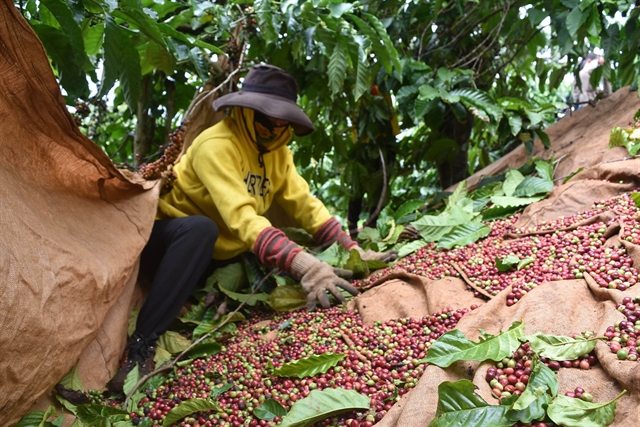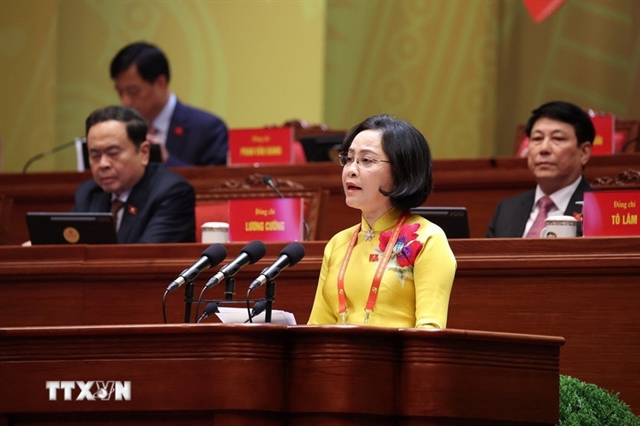 Society
Society


|
| Coffee harvesting in Đắk Nông Province in the Central Highlands. Agriculture is considered one of the key pillars of the region's development. —VNA/VNS Photo Nguyên Dung |
HÀ NỘI — The government recently issued an action programme on the development of the Central Highlands region, highlighting rapid and sustainable growth based on a green and circular economy, while taking into account the national cultural identity.
Establishing the direction for socio-economic development and national defence-security in the region to 2030, with a vision to 2045, Resolution No 152/NQ-CP dated November 15, 2022, set a goal of US$5,000 in GRDP (gross regional domestic product) in 2030.
The average GRDP growth rate in the 2021-30 period is aimed at 7 to 7.5 per cent.
The agro-forestry-fishery sector is expected to account for 29.5 per cent of the economy, while the industry-construction and services sectors will take up 26.9 per cent and 38 per cent, respectively.
In the same period, the average growth rate for labour productivity is expected to reach 6.5 per cent, while the total factor productivity (TFP) contribution to GRDP will be approximately 39 per cent.
The region also set the goal to have 25 to 30 per cent of its labour force trained and certified by 2030.
The number of households in multidimensional poverty is expected to decline by one to 1.5 per cent per year. For ethnic minority communities, this figure will be over three per cent each year.
The goals for educational institutions meeting national standards are approximately 60 per cent for preschools and high schools, 65 per cent for elementary schools, and 75 per cent for secondary schools.
The local healthcare sector is targeted to have health insurance coverage at 90 per cent with 32 hospital beds and 11 doctors per 10,000 people.
Regarding environmental issues, it is expected that forest coverage in the region in 2030 will be 47 per cent, while approximately all of its population will have access to hygienic, clean water.
The region also puts a focus on hazardous waste treatment, especially solid waste from businesses, services, medical facilities, and industrial zones.
The Government also underlines rapid and sustainable economic growth with agriculture and forestry at the core, with support from the processing industry and tourism services.
In addition to socio-cultural development and human resources training, the region also plans to build up its infrastructure, especially local and international airports, expressways and sea ports.
Some of the key construction projects to be completed by 2030 are the expressways of Quy Nhơn - Pleiku, Khánh Hoà - Buôn Ma Thuột, Gia Nghĩa - Chơn Thành, Tân Phú - Bảo Lộc, and Bảo Lộc - Liên Khương.
This is also part of a plan for inter-regional connection towards a comprehensive economic zone and effective use of resources.
Policies and frameworks will also be developed to improve coordination with the southeast and central coastal regions.
The action programme also highlights the need to ensure national defence-security, independence, sovereignty, unity and territorial integrity.
It also takes into account foreign affairs activities with neighbouring countries, those in cooperation mechanisms in the greater Mekong sub-region, and the Việt Nam - Laos - Cambodia development triangle. — VNS




